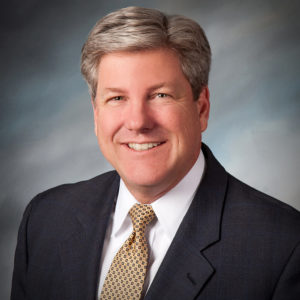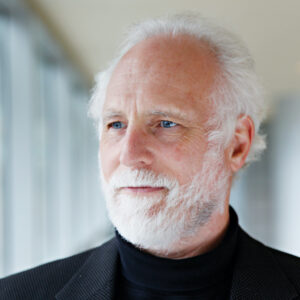By Knut A. Rostad
Originally posted on ThinkAdvisor, October 2, 2017
Former SEC Commissioner Luis Aguilar spoke these words in 2010 when Dodd-Frank was under construction in Congress: “While the scope of service may vary between clients, the standards of loyalty and care in providing that service should not. You simply cannot be three-quarters of a fiduciary.”
These words reverberate more loudly today, as the range of outcomes on fiduciary rulemaking at the Labor Department, SEC — and in the Certified Financial Planner Board of Standards’ proposed conduct standards — comes into focus.
Two main and disparate outcomes stand out. One comprises “suitability” rules and more disclosures and falls short of fiduciary duties for retail investors. The other comprises fiduciary duties to reasonably ensure conflicts are managed and mitigated.
What separates these outcomes is often overlooked and underscores why Commissioner Aguilar’s statement remains central.
Managing and mitigating conflicts is essential to fulfilling fiduciary requirements, not just desirable or an elective duty, and because generations of experience and research corroborate logic — and common sense teaches us so. According to common sense, as Rutgers Law professor Arthur Laby reminds us, “advice must mean disinterested advice.”
The Consumer Federation of America notes that firms are moving to reduce conflicts and product costs and account minimums as a result of DOL’s fiduciary rule.
There is also no doubt that the CFP Board has made progress to reach fiduciary status. Or as CFP Cheryl Holland put it, at the recent Institute program “Fiduciary Advice at a Crossroads,” progress that puts CFP standards “on the road to professionalism.”
The CFP Board says on managing conflicts, CFPs must “adopt and follow” business practices “to prevent” conflicts from compromising the CFP’s ability to act in a client’s best interest.
What’s at Stake
Did CFP Board make progress? Yes. Did CFP Board reach a fiduciary standard of care? No. Here’s why.
There’s significant question as to whether CFPs can possibly know, from the 29 words in the “Manage Conflicts” provision in the proposed CFP Board standards, what to do. Why?
CFPs whose base experience is brokerage sales and come from a culture that accepts conflicts as part of doing business, have no experience (or an aptitude) for identifying, examining, and mitigating conflicts. (RIAs from an Adviser Act culture are different.)
Further, it’s noteworthy that CFPs already believe they serve clients’ best interest and meet the “highest standard.” Of course, it’s reasonable to believe they must already follow business practices that prevent conflicts’ harms.
The CFP Board needs to help CFPs provide a framework to understand conflicts, set out practical requirements and concrete guidance for managing and mitigating conflicts, and incorporate lessons or provisions from the DOL fiduciary rule’s best-interest contract exemption, or BICE.
The present lack of guidance virtually assures that many CFPs will not address conflicts appropriately. Their claims of clients’ best interests will ring hollow.
The Consumer Federation of America’s Sept. 14 comment letter to the SEC brilliantly underscores the importance of managing conflicts as opposed to just disclosing them.
Fiduciary scholar, professor and advisor Ron Rhoades says that brokers and advisors need a lot of education to understand what the DOL rule requires. Ditto for managing and mitigating conflicts required by CFP Board.
Questions Worth Asking
No one questions that progress towards fiduciary status is important. Everyone should, however, question that such progress substitutes for fiduciary status and that steps towards a task, pursuit or objective (professional standard) are no different from its full completion. After all, no CFP would recommend clients retain a second-year law student to provide estate planning.
Yet, this “substitution” is the implicit — be it unintended — message. With so much attention on “steps towards” fiduciary and so little attention on the “Are we there yet” question of the destination of fiduciary, what else should investors conclude?
The CFP Board has an opportunity in 2017 that supersedes the opportunity of FPA’s legal victory over the SEC in 2007.
The mere act of CFP Board simply outlining basic and necessary steps to overcome material conflicts would immediately transform the meaning and value of CFP standards.
There is no real disagreement from fiduciary experts that managing and mitigating conflicts is essential. (As teenagers say, “Duh.”)
Yet, most CFPs have no aptitude, training or experience to do so. To assure CFPs will get conflict mitigation right, the CFP Board must offer guidance. The core rationale: to ensure, as Commissioner Aguilar put it in 2010, that CFPs are not deemed three-quarters a fiduciary.

